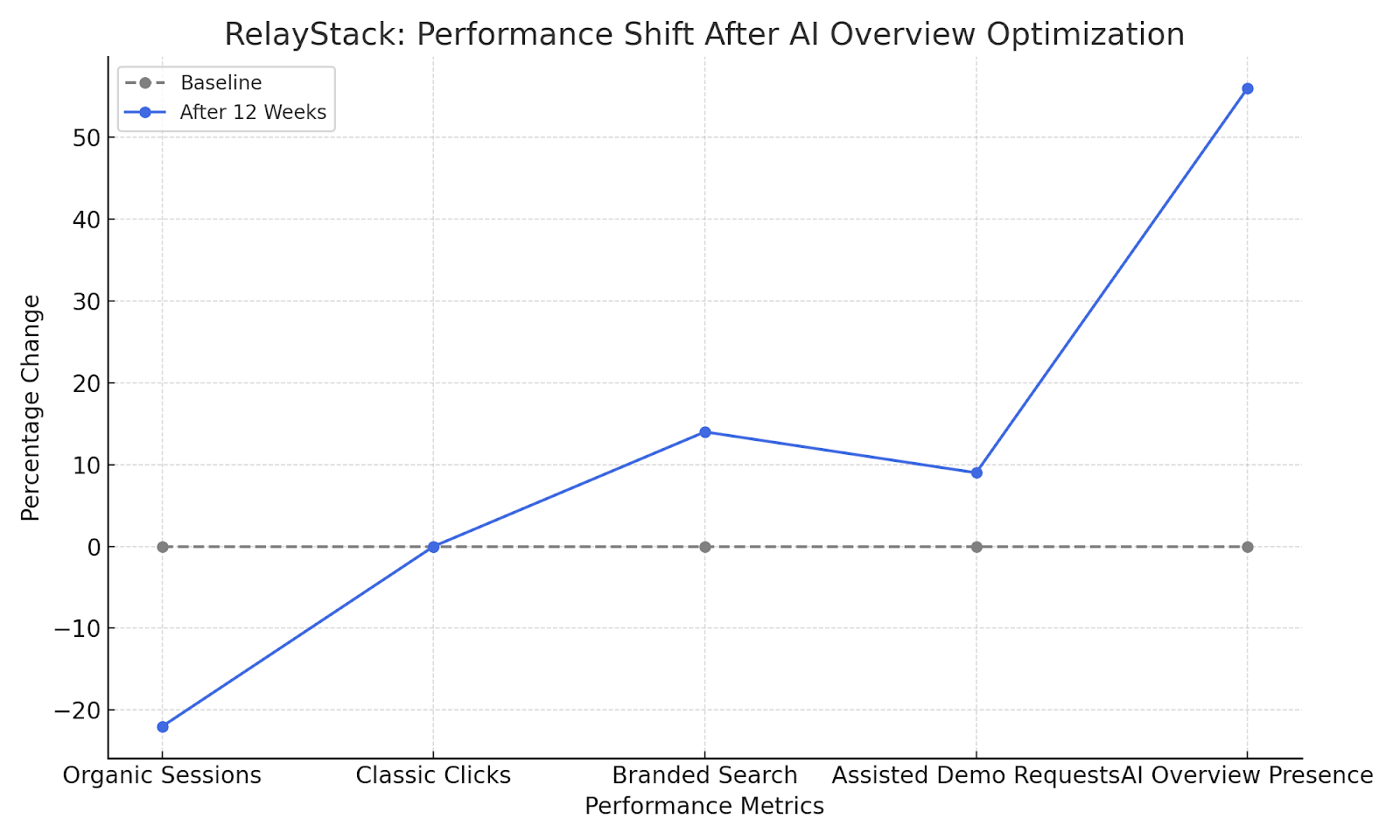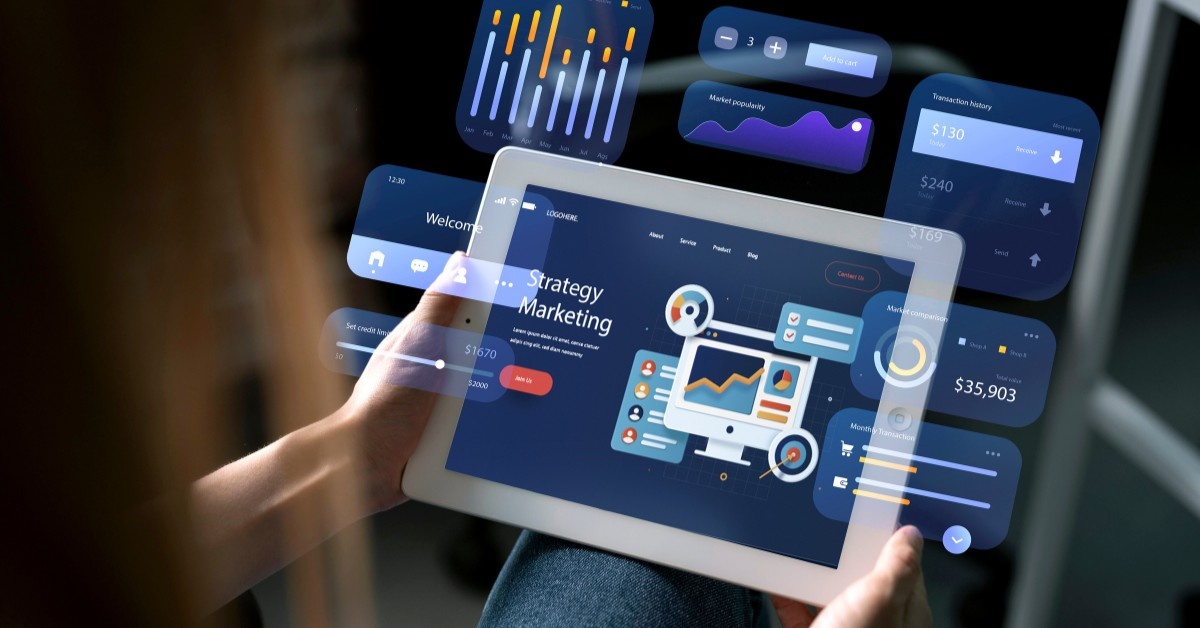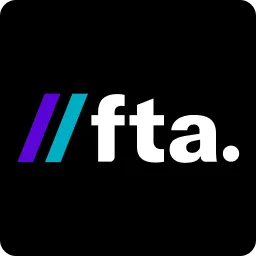How Generative AI Is Changing Google’s Search Results and What It Means for Brands?
Search now shows answers before links. Generative AI has moved Google from a list of pages to an intent-led results page where AI Overviews summarise, cite sources, and invite follow-up questions.
This shift changes how attention is earned and how demand is captured. Rankings can hold while clicks fall, especially on broad informational queries.
CMOs need entity clarity, proof-led content, and tighter measurement that tracks citations and assisted impact. This blog article covers in depth what has changed in Google’s results, how AI Overviews choose sources, and why zero-click behaviour is rising.
What exactly changed in Google’s results
Google inserts an AI-generated overview at the top of many results pages for informational and how-to queries. The overview summarises key points, cites a handful of sources, and lets users refine the question without leaving the page. The feature does not fire on every query. It is most common on broad questions, definitions, comparisons, troubleshooting, and early research tasks. On commerce and branded intent, classic results and shopping units still dominate.
Your page is competing on two surfaces at once -
- Visibility inside the overview as a cited source
- The traditional listings
The UI now encourages users to complete simple tasks directly on the results page, increasing zero-click outcomes. Expect traffic volatility on informational clusters even when rankings look stable.
There have been multiple studies conducted to check the user’s dependency on AI overview and AI modes and LLMs, and they show three visible effects -
- More answers without clicks.
Bain reports that about 60% of traditional searches now end on the results page.
Users rely on AI summaries at least 40% of the time. - Lower organic click-through on many informational queries.
Ahrefs observed a 34.5% drop in clicks to top-ranking pages when AI Overviews appear. - Rising prevalence of AI Overviews across categories.
A Semrush study of 10M+ keywords found that AI Overviews now appear in about 13% of searches, with month-over-month growth.
Analysts describe Google’s experiments with an AI-only mode for subscribers where blue links are secondary.
What is the impact on CMOs and growth leaders
The funnel entry point has shifted from listings to answers.
This changes how demand gets captured.
- Fewer organic clicks for generic informational queries.
Your rankings may hold while traffic falls due to zero click. - Higher return on branded, navigational, or transactional intents.
Where the query implies brand or purchase, classic links still perform. - New visibility layer inside the AI summary.
If your content is cited inside AI Overviews, you can win presence even when clicks decline. - Content volume no longer guarantees reach.
Depth, clarity, and entity strength matter more than the number of posts.
Marketers worldwide observe that overall search usage grew despite AI adoption, indicating the total pie is larger, but the slice for traditional listings can shrink per query type.
You need to compete in both the AI summary and the classic SERP.
Are search engines still the starting point for discovery
If you are looking at complex tasks and considering purchases, then the answer to this question is a solid yes. For quick facts and early research, users often resolve inside the results page. That means your first touch can be a sentence fragment in the AI summary. Write pages so that the first 50 words carry your claim, proof, and positioning. Later, back it up with depth for users who choose to click through.
How do AI Overviews decide what to cite
Google or any other tech giant doesn’t publish a complete rulebook for marketers to follow.
There is only industry data that provides us with enough sources to understand the new ranking category and how content ranks in the SERPs.
- Depth over surface
Long-form pages that solve a narrow problem get cited more often than generic guides. - Entity clarity
Pages that define people, products, categories, locations, and relationships in clean language perform better in semantic retrieval. - Consensus and corroboration
Claims that match high authority sources get picked up more consistently.
What KPIs should we watch now
Search is now two surfaces. Measure visibility inside the AI layer and performance in classic listings. Shift from rank only to presence plus influence.
- AI Overview presence rate
Share of priority queries where your pages are cited inside the overview. - Share of answer
Portion of the AI summary attributable to your sources measured by tokens or characters. - Assisted conversions from zero-click exposure
Post-view lift in branded search, direct visits, and conversions within a defined exposure window. - Classic CTR and position by intent cluster
Track branded, commercial, and informational separately. Expect wider gaps across these clusters. - Entity strength
Frequency and quality of mentions and co-mentions with target entities across reputable domains.
What content wins in AI overview
We see five attributes in pages that AI Overviews cite repeatedly.
- Specific use cases
One page solves one problem with clear steps and parameters. - Quantified claims
Numbers with a named source, date, and method. - Structured answers
Short paragraphs, scannable subheads, and bullet lists are the model that can lift. - Entity-rich writing
Clear names for products, industries, metrics, geographies, and standards. - Stable URLs
Canonical pages that are updated in place rather than scattered variants.
Semrush’s 2025 study shows informational content is most affected by AI Overviews.
Treat that as an opportunity to shape the summary in your own words and with your evidence.
How should brands adjust their search strategy now
After working with the leading brands in healthcare, tech, BFSI and many more industries, we have come up with our proprietary search engineering model strategy for new-age and traditional brands to follow -
Lane 1. Win the AI overview first and then move to traditional search.
- Create answer-led pages for your top 50 questions.
Map to CMO searches like “AI search impact on organic CTR” or “how to track AI Overview citations.” - Add citation-ready proof.
Every claim gets a dated source and a one-sentence takeaway. - Build entity files.
Publish pages that define your product lines, frameworks, and named methods with schema. - Publish troubleshooting content.
AI Overviews reward precise problem statements and resolution steps. - Engineer the excerpt.
Open with a 40 to 60-word summary that can be lifted without edits.
Lane 2. Always defend and grow classic clicks.
- Consolidate cannibalised pages.
Fewer, stronger hubs outperform thin duplicates when AI compresses results. - Target commercial modifiers.
Own “pricing,” “RFP,” “integration,” “compare,” and industry verticals where purchase intent holds. - Upgrade listings.
Improve titles and descriptions for scannability on mobile and chat-influenced reading patterns. - Invest in digital PR.
Get cited by category leaders to improve the trust signals the AI layer uses.
A Caselet example: RelayStack, a B2B SaaS in APAC

RelayStack’s performance turnaround shows a clear post-AI strategy lift.
Consider an imaginary brand, RelayStack, a mid-market communications SaaS firm that lost discovery for non-branded queries after AI Overviews expanded. The team needed to win citations in the answer layer while protecting bottom funnel demand.
Baseline
- Top 3 ranks on 40-plus “how to integrate X with Y” guides
- Organic sessions down 22% quarter over quarter
- Assisted conversions from integration guides were declining
Actions in 8 weeks
- Consolidated 37 overlapping guides into 12 deep integration playbooks
- Added configuration matrices and failure code tables that buyers could copy
- Published entity pages for each supported platform with schema
- Rewrote openings into 50 word takeaways with dated sources
- Ran a focused digital PR sprint and earned 18 citations from vendor marketplaces
Results in 12 weeks
- AI Overview citations on 28 of 50 tracked queries
- Branded search up 14% where citations appeared
- Assisted demo requests up 9% within exposure windows.
- Classic clicks flat, yet the pipeline grew on the same pages
Takeaway
The presence of AI answers within the answer, plus stronger bottom-funnel assets, can offset top-funnel click loss. Build for citations, then convert with clear commercial pages.
Are there risks we should plan for
Publishers are challenging AI summaries in multiple markets.
You should plan for policy shifts, especially in the EU.
You should also plan for UI tests that change the prominence of blue links across devices.
Reuters reported experiments with AI-only views for subscribers in 2025.
Bottom line: build flexible templates and avoid over-optimising for a single layout.
Playbook: 12-week plan to adapt your brand
Weeks 1 to 2
- Identify the top 100 questions per segment.
- Map to the funnel stage and business value.
- Select 50 for the answer led pages.
Weeks 3 to 6
- Create or consolidate pages into one problem per page.
- Add proof with named sources and dates.
- Implement schema on all entity pages.
Weeks 7 to 9
- Launch a digital PR sprint to seed citations.
- Secure quotes in analyst notes and partner docs.
- Pitch how to content to marketplaces and associations.
Weeks 10 to 12
- Deploy an AI Overview tracker for your zero click queries.
- Report presence, share of answer, and assisted conversions.
- Adjust topics based on citation wins and gaps.
Leaders need a plan for visibility in a first answer search market
Traffic patterns will keep shifting as AI-driven summaries gain adoption.
The brands that do these three things will win the search engineering game -
- Be present inside the AI overview answer.
- Be cited with accurate, dated claims to win zero click traffic.
- Convert faster with tight, bottom funnel pages.
This is a long-term advantage because it aligns with how google search is evolving.
Do you want more traffic?

How to Scale Personalisation in ABM Without Losing Focus?
.png)
Why Small Tasks Are the Next Big Revolution in Business Efficiency?











